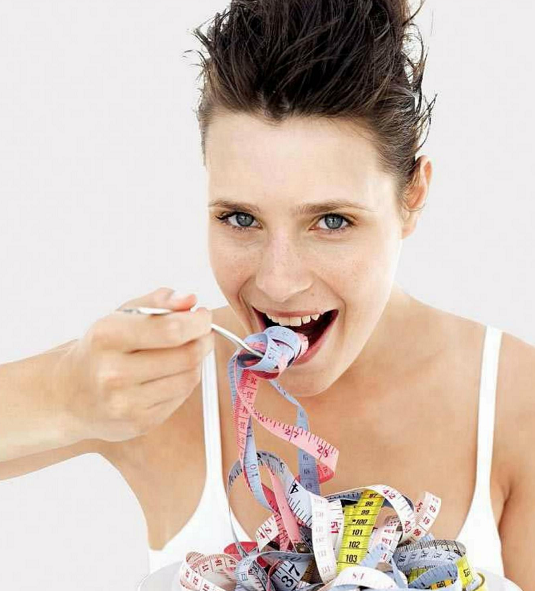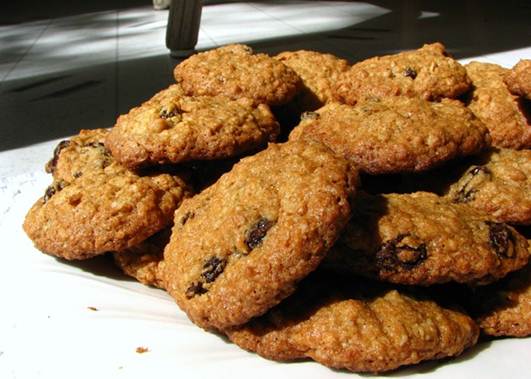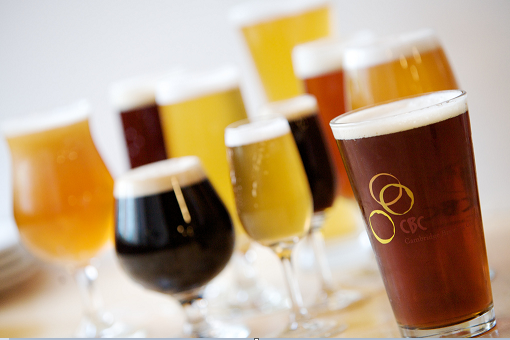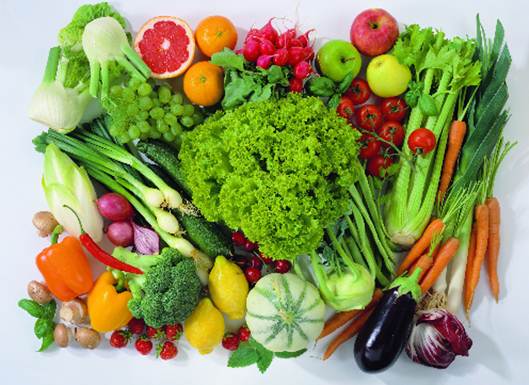Follow these three easy steps to break
through that annoying weight-loss plateau.

Have you hit a bump in the weight-loss
road? Johannesburg-based dietitian Niki Urquhart helps you shock your body back
into results mode…
1. Get to grips with why you’re stuck:

You’ve strayed Keep a food journal including the BLTs (bites, licks and tastes).
You’ve reached a healthy weight. Your goal weight may be unrealistic, so re-evaluate to see if it’s
attainable. You may also be altering your body composition by increasing muscle
and decreasing fat. Take your measurements and be critical of how you feel in
your clothes.
You’re doing less exercise, or too much
of the same. “If you do the same exercises your
body adapts,” says personal trainer Ronald Abvajee from mypt.co.za
“So if you’ve been running for cardio, go
dancing or kick-boxing. If you use weights for strength training, then try use
your body weight and do functional and high-intensity interval training. Also
try a “fitness potjie” – combine cardio and strength workouts into one
powerhouse routine”
2. Cut out the C.R.A.P:

C = Cool drinks, cordials and fruit
juices are loaded with kJ.Swap these for water.
R = Refined carbs and sugars are low in fibre and don’t keep you satisfied, which can play havoc
with moods and energy levels. They cause sugar carvings, excess insulin release
and increased fat storage.
A = Alcohol
is energy dense and nutrient poor. Skip the daily glass of wine and you can
save up to 5 000kJ per week.
P = Processed food, takeaways and ready meals tend to be high in kJ. Unhealthy fats,
sugars and salt in these foods can also thwart weight-loss efforts.
3. Re-f.r.e.s.h your food choices:

F = Fruit and veg shoud provide the majority of your carb needs. Go for lower sugar
fruits (such as berries) over higher sugar options (like bananas). Pile up half
your plate with low-carb veg, like lettuce, tomato, cucumber, onion, mushrooms,
asparagus, broccoli and cauliflower.
R = Restricting starches may help weight loss by decreasing insulin production and promoting
fat burning. Have no more than 2-3 servings per day of high-fibre whole-grains,
like low-GI bread.
E = Extra-lean protein and dairy, like chicken breasts or fat-free yoghurt, help
you to feel full and decrease your blood sugar response.
S = Sweat.
Make sure you do at least 200 minutes a week, with no more than two consecutive
days without exercise.
H = Healthy fats help to satisfy hunger pangs. Eat 2-3 tablespoons of healthy fats
per day, like 12 nuts or 10 small olives.
Know more – Niki Urquhart practices at the
Centre for Integrative Health and the Active Sport and Rehabilitation Clinic in
Johannesburg.
Niki Urquhart is a Joburg-based registered
dietitian from Food LogIQ